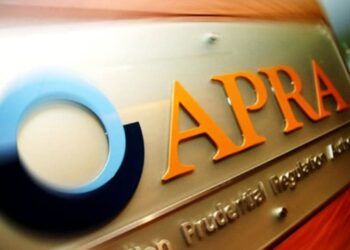Double-digit growth rates are unlikely to continue in the self-managed super fund (SMSF) sector, according to DEXX&R's latest projections report.
It projected negative cashflows would occur for the first time during calendar 2012.
SMSF benefit payments are expected to increase to $63 billion by December 2015, $20 million more than contributions which are estimated will be $40.5 billion at that time, the report said.
DEXX&R said the prediction aligned with the older age profile of SMSF members and an increasing number of SMSFs moving into the retirement income drawdown phase.
It projected the total superannuation market would increase by an average annual growth rate of 7.7 per cent per annum to $3,171 billion at December 2012.
The growth phase in equity values would encourage money sitting in cash and term deposits and bonds to move back into equities, reversing the post-GFC trend of holding cash, including for SMSFs, DEXX&R said.
The retirement incomes market would grow at 9.6 per cent per annum to $320 billion as at December 2022, with allocated pensions representing 97 per cent of total funds under management and the remaining 3 per cent held in annuities.
Inflows into allocated pensions would also increase, due to the transfers of retiree accounts from SMSFs to allocated pensions in order to minimise administration costs.




